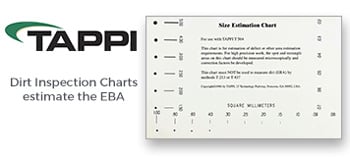Numerical analysis of slot die coating of nanocellulosic materials, 2021 TAPPICon Live (21TAPL)
Nanocellulosic coatings as a food-packaging material are of commercial interest due to their non-toxic nature, renewability, and excellent barrier properties. Complex shear- thinning rheology poses challenges in designing and sizing equipment to pump, mix, and process the suspension and actual coating process. This study aims to determine the effectiveness of computation fluid dynamics (CFD) in predicting nanocellulosic suspension flow in light of existing rheological data. We employ and compare three distinct rheological models to characterize the rheology and flow of nanocellulose suspensions through a slot-die coater, where the model parameters are established from existing slot-rheometry measurements. A volume-of-fluid (VoF) based finite volume method is employed to simulate the flow in a slot-die operated in an unconventional metering mode. Results with the Casson model predicts the presence of unyielded regions in the flow, which was not captured using the power-law model. These stagnation regions will incur coatability issues stemming from flow intermittencies and lead to potential defects in the coating layer, including fracture. The results suggest that a rheological model that includes yield stress should be considered while modeling such flows. A need for better rheological data to model nanocellulosic flows, especially at high consistencies and shear-rates, is also highlighted.
TAPPI conference proceedings and presentations, technical papers, and publication articles provide technical and management data and solutions on topics covering the Pulp, Paper, Tissue, Corrugated Packaging, Flexible Packaging, Nanotechnology and Converting Industries.
Simply select the quantity, add to your cart and your conference paper, presentation or article will be available for immediate download.





